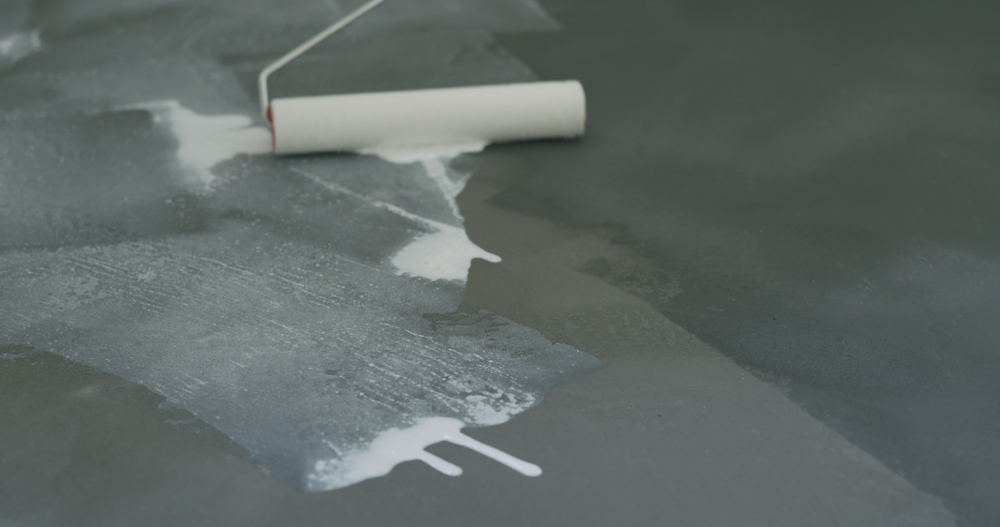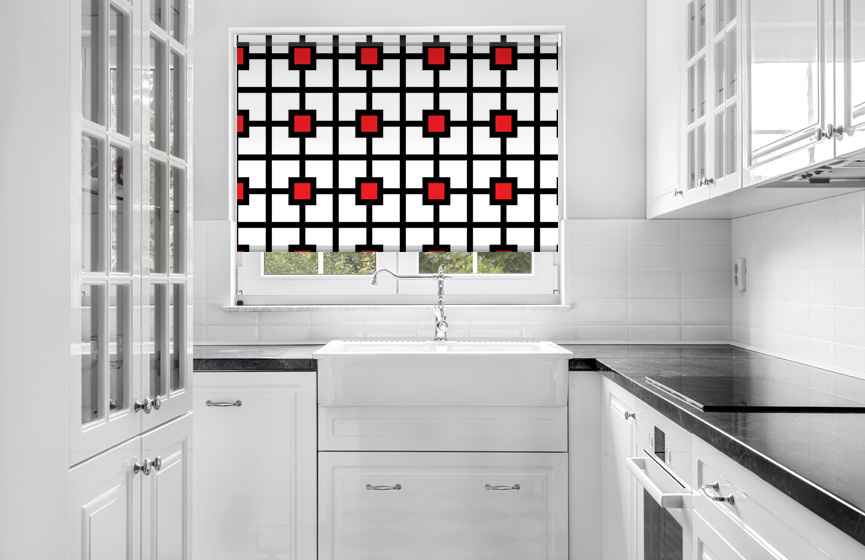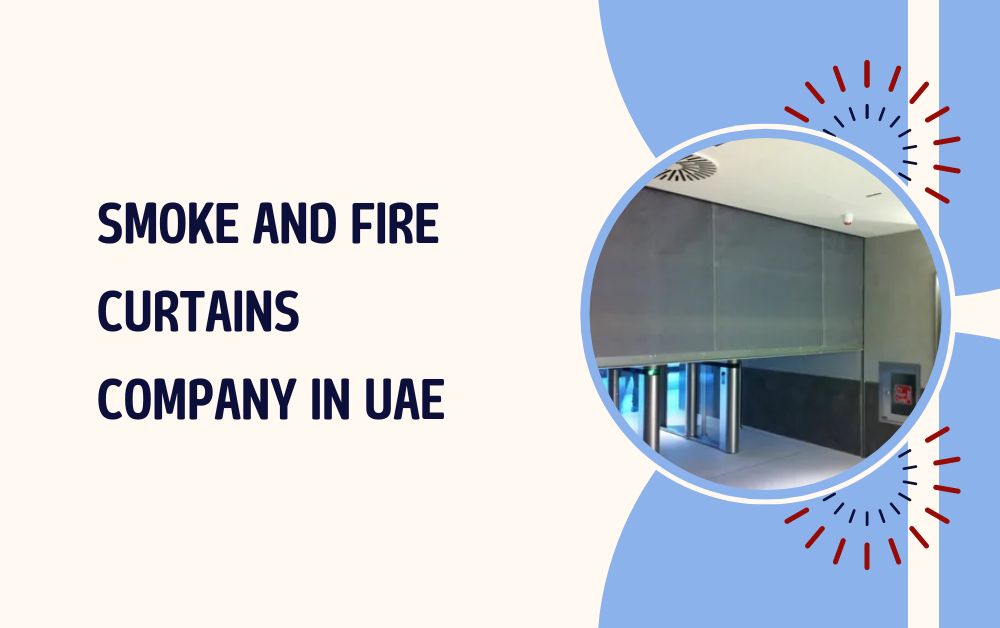Ever wondered about the environmental impact of the products you use around your house, your outdoor spaces, or even your driveway? There’s a growing trend and need for homeowners and construction professionals alike to opt for sustainability and environmentally friendly options in materials they use for home and building improvement. Today, we turn our magnifying lens towards one such product – the solvent-based concrete sealer. Are they friend or foe to Mother Nature? Join us as we unveil the ecological influences of these commonly used products in our homes and the building industry. We’ll delve into the nitty-gritty exploring their composition, use, and their environmental footprint, as well as the available eco-friendlier alternative.
What Exactly Are Solvent-Based Sealers?
For those not a part of the construction or home improvement industry, understanding the makeup and application of a solvent-based sealer can be puzzling. Let’s shed some light on it. Resins that are non-water soluble are combined with solvents to form these sealers. They’re typically used in concrete applications to enhance durability, glossiness, and for their ability to darken the concrete color. The sealers provide comprehensive protection to the concrete surface from harsh environmental conditions.
However, it’s their high Volatile Organic Compound (VOC) content that raises environmental concern. VOCs are lipophilic, meaning they don’t dissolve in water, can pollute the air and contribute to what we know as the greenhouse effect. Essentially, these VOCs are contributing to rapid climate change and decay.
Balancing The Scale: Pros and Cons
As an informed consumer, it’s critical to weigh both the benefits and drawbacks of solvent based concrete sealer before making your decision.
On the pro side, these sealers provide excellent adhesion, ability to resist harsh chemicals, and superior aesthetic appeal. Furthermore, their durability and color enhancing properties are second to none.
On the flip side, the high VOC content, potential harm to aquatic life, and potential health risks to users are crucial factors to consider. Additionally, these solvent-based sealers have a pungent odor, need special disposal methods, and the production process itself can be quite harmful to the environment.
Exploring The Environmental Impact
The environmental impact of using solvent-based sealers extends far beyond emitting VOCs. The manufacturing process of these products involves significant energy consumption and results in sizable carbon footprints.
Disposing off of these products is another area of concern. Since the material does not biodegrade, it will stay in the environment, potentially inducing harm for an extended period. Additionally, any accidental spills during application are hazardous to the surrounding ecosystem, particularly aquatic life.
The Road Towards Sustainability
Fortunately, the movement for more sustainable building materials is gaining momentum. Water-based sealers are providing a greener option, with lower VOC content, less potent odor, and gentler effects on the environment.
They are just as durable and resilient as their solvent-based counterparts. These water-based alternatives, however, need stricter adherence to temperature and humidity application guidelines to perform optimally.
Our Environmental Responsibility
As consumers, we have an enormous influence on market demand for products. By choosing more sustainable options, we can spur the search for newer, green and eco-friendly solutions. With all of us taking small steps, we can make a significant contribution to slowing climate change and preserving the universe we call home.
Conclusion
Although solvent based concrete sealer offer immense benefits in terms of durability and improving aesthetics, the balance tips unfavorably when considering the environmental toll they exact. It is impossible to ignore the health risks, carbon emissions, and pollution that follow their use.
Subsequently, using alternatives such as water-based sealers is not solely a trend but an environmental necessity. With each decision we make as consumers, the message we send to manufacturers is clear. The call is for materials that do not compromise the health of our environment in their production, use, or disposal.
Ultimately, sustainability and environmental friendliness are no longer options in our current world they’re imperatives we must embrace in our personal spaces and beyond.





